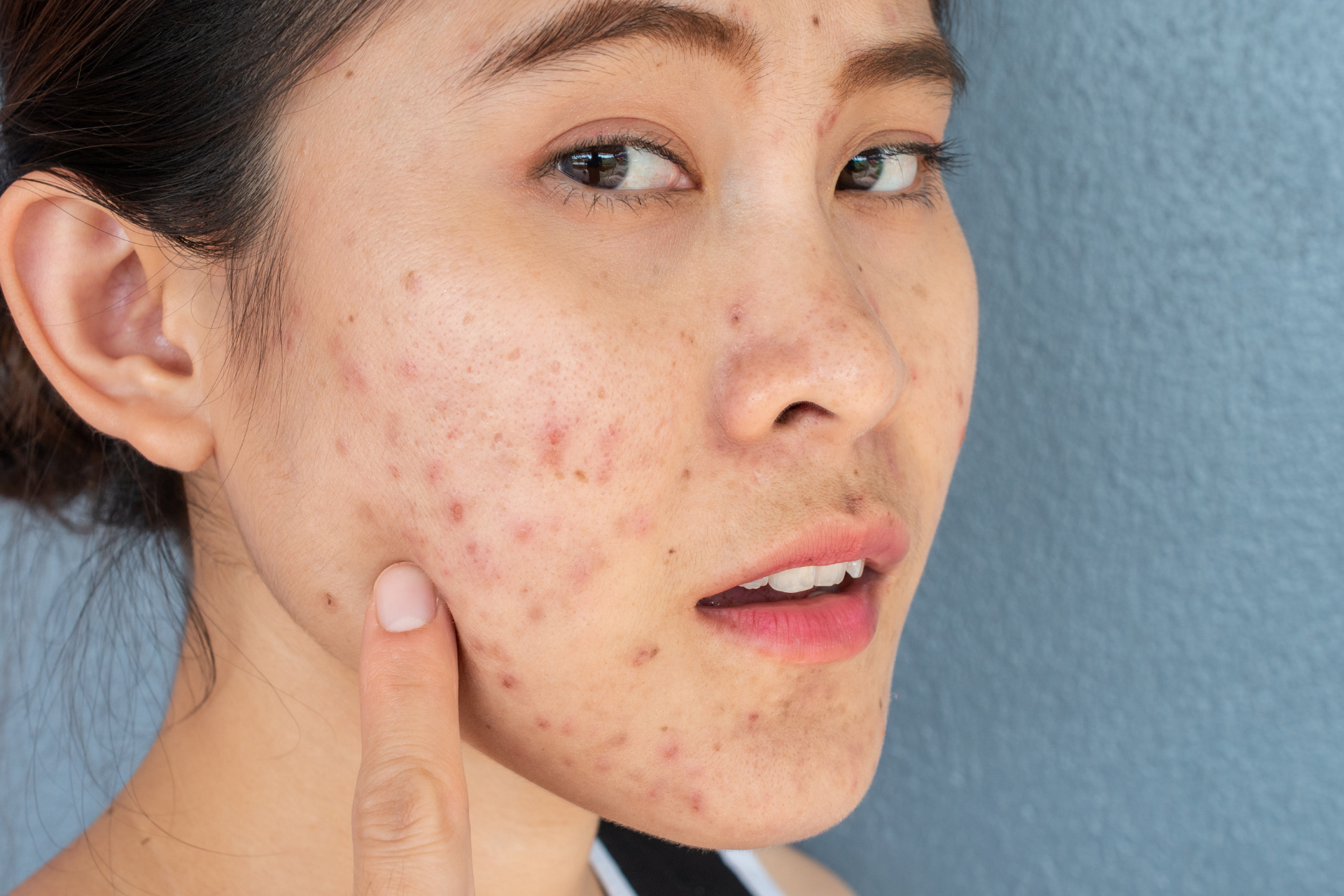Understanding Different Types of Acne and How to Treat Them

Acne is a common skin condition that affects millions of people worldwide, regardless of age, gender, or skin type. From irritating pimples to stubborn cysts, acne can have a significant impact on one's self-esteem and overall well-being. At Fall Creek Skin and Health Clinic, we understand the importance of providing comprehensive care to address various types of acne and help our patients achieve clear and healthy skin.
Types of Acne:
1. Comedonal Acne
This type of acne is characterized by the presence of non-inflammatory comedones, such as blackheads and whiteheads. These occur when the hair follicles become clogged with excess oil and dead skin cells. Comedonal acne is often mild and can be treated with topical medications containing ingredients like salicylic acid or benzoyl peroxide.
2. Inflammatory Acne
Inflammatory acne manifests as red, swollen papules or pustules on the skin. This type of acne is more severe than comedonal acne and can be painful. Inflammatory acne may require a combination of topical and oral medications, such as antibiotics or retinoids, to reduce inflammation and prevent further breakouts.
3. Cystic Acne
Cystic acne is the most severe form of acne and is characterized by deep, painful cysts beneath the skin's surface. Cystic acne can be challenging to treat and often results in scarring if left untreated. At Fall Creek Skin and Health Clinic, our dermatologists may recommend oral medications like isotretinoin or corticosteroid injections to target cystic acne and prevent future outbreaks.
Treatment Approaches:
1. Cleansing and Exfoliation
Proper cleansing of the skin is essential for managing acne. Using a gentle cleanser twice daily can help remove excess oil and impurities without stripping the skin's natural moisture. Exfoliating the skin regularly can also help unclog pores and prevent acne breakouts.
2. Topical Treatments
Over-the-counter and prescription topical treatments containing ingredients like benzoyl peroxide, salicylic acid, or retinoids can target acne-causing bacteria, reduce inflammation, and promote skin cell turnover. Our dermatologists at Fall Creek Skin and Health Clinic can recommend the most suitable topical treatment based on your skin type and severity of acne.
3. Oral Medications
In cases of moderate to severe acne, oral medications may be necessary to control inflammation and prevent scarring. Antibiotics, hormonal therapies, and isotretinoin are commonly prescribed oral medications that can effectively treat acne when used under the guidance of a healthcare provider.
4. Professional Treatments
For stubborn or persistent acne, professional treatments like chemical peels, microdermabrasion, or laser therapy may be recommended. These treatments can help improve skin texture, reduce acne scars, and promote overall skin health.
At Fall Creek Skin and Health Clinic, our team of experienced dermatologists is dedicated to providing personalized care to help our patients effectively manage different types of acne. Whether you are struggling with mild comedonal acne or severe cystic acne, we offer comprehensive treatment options to address your unique skincare needs.
If you are experiencing persistent acne breakouts or skin concerns, schedule a consultation with our dermatology experts at Fall Creek Skin and Health Clinic. Our goal is to help you achieve clear, radiant skin and boost your confidence with our advanced acne treatments and skincare solutions. Get in touch with us today to embark on your journey to healthier skin!




